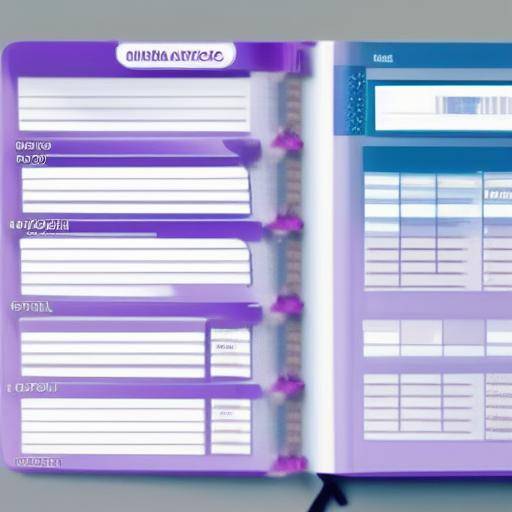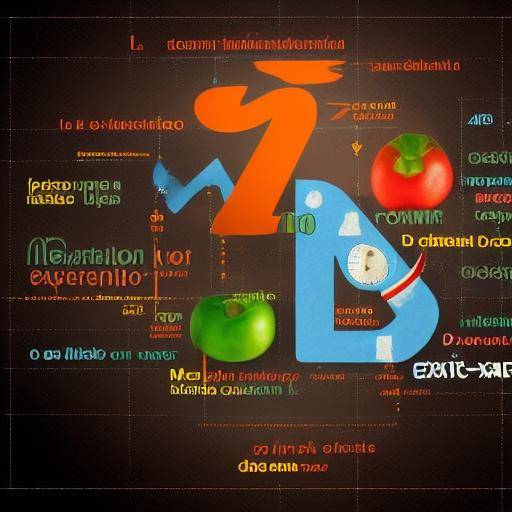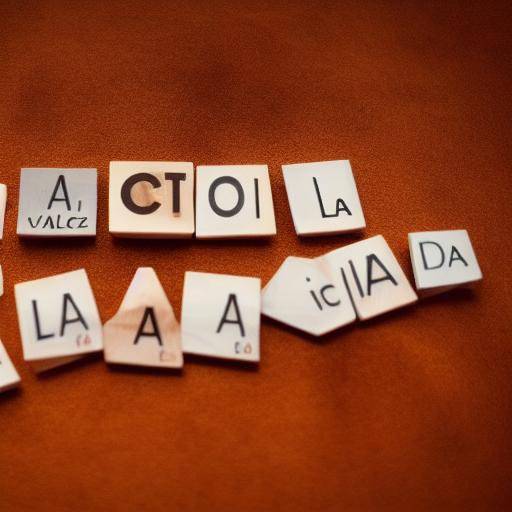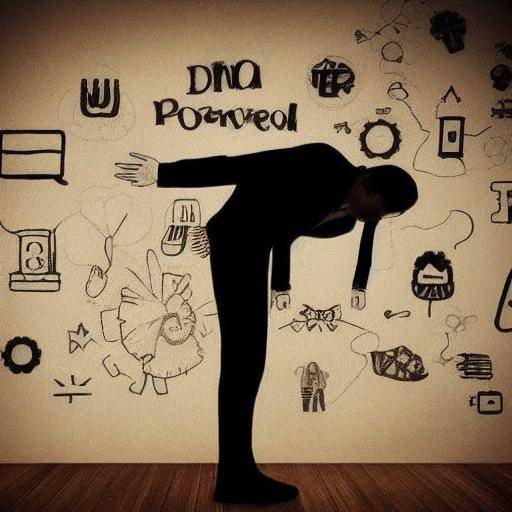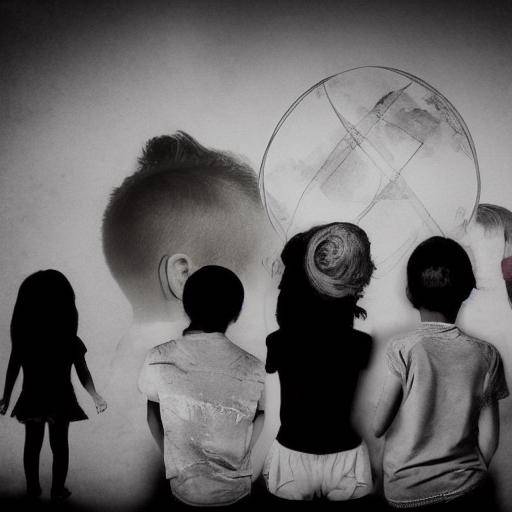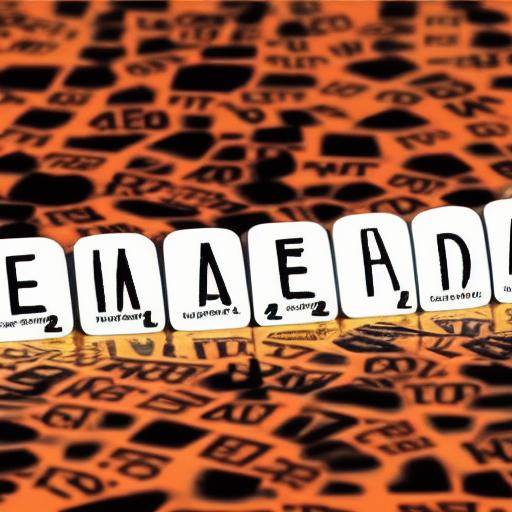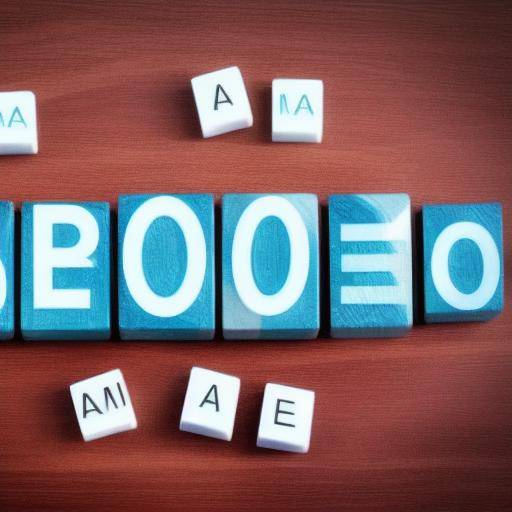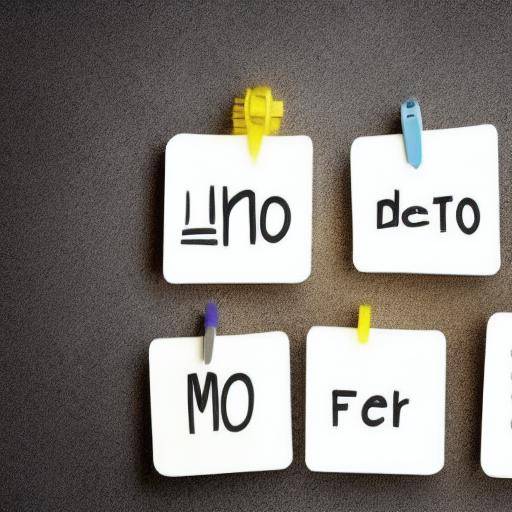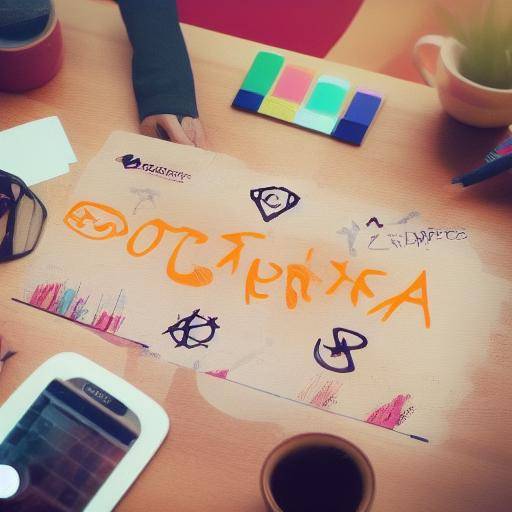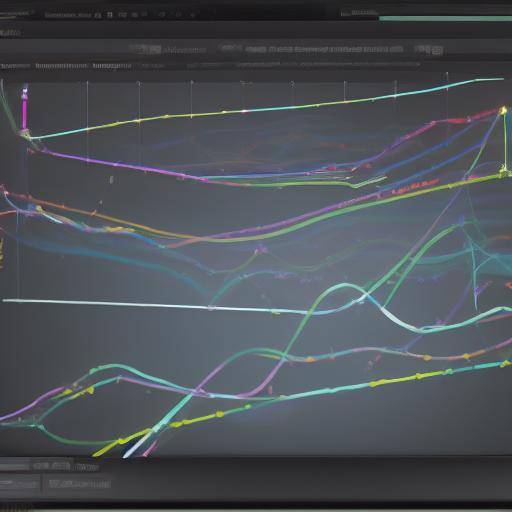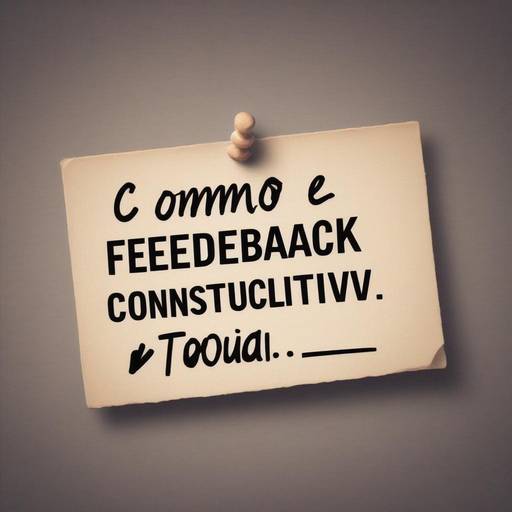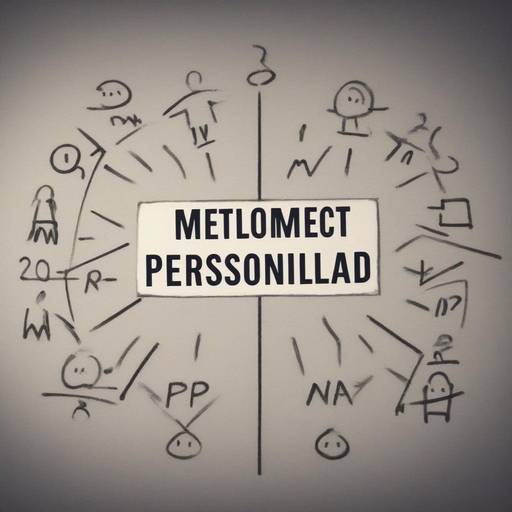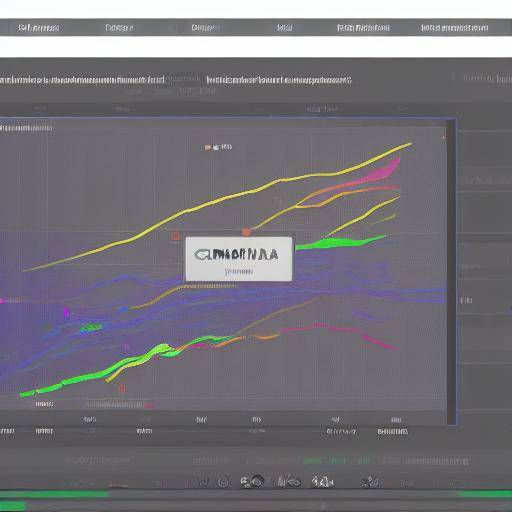
Visualization is a powerful technique that has gained popularity in the field of personal development. By combining visualization with the concept of self-image, an effective tool is created to improve confidence and achieve personal goals. In this article, we will explore how to use visualization to enhance self-image and achieve significant emotional and personal growth.
Introduction
Visualization is a practice that involves creating mental images to represent desired situations or specific goals. This process is based on the idea that the mind and body are connected, and that by effectively visualizing, they can influence results and behaviors. By focusing on self-image, visualization can help reinforce a positive perception of oneself, aligning thoughts, emotions and actions to achieve greater emotional well-being.
In this article, we will address in depth the history and background of visualization, explore its benefits and challenges, provide practical advice and expert guidance, and analyze future trends. In the end, we will answer frequent questions to give our readers a complete understanding of the power of visualization in improving self-image and personal development.
History and Context
Visualization has its roots in ancient practices related to meditation and the manifestation of desires in Eastern cultures. Throughout history, many prominent figures, such as philosophers, thinkers and spiritual leaders, have advocated for the power of visualization as a tool to achieve goals and overcome challenges. From its emergence in ancient traditions to its adoption in modern psychology, visualization has experienced significant evolution.
However, the visualization reached its critical point in the twentieth century with the popularization of positive psychology and the growth of the movement of personal development. Currently, visualization has become a common practice used in various disciplines, such as coaching, emotional therapy and business leadership, which reflects its versatility and relevance in different contexts.
Detailed Analysis
Benefits and Challenges
The use of self-image visualization offers a number of significant benefits. By visualizing a positive and successful self-image, the individual can experience an increase in confidence, motivation and self-esteem. This practice can also promote mental clarity and concentration, which allows greater clarity in decision-making and actions aligned with the desired objectives.
Despite the benefits, visualization also presents challenges to be addressed. Some people may experience difficulties in clearly visualizing or may be prone to self-criticism and unbelief. In addition, there is a need to maintain a balance between visualization and concrete action, since visualization alone does not guarantee results without an active commitment to established goals.
Integral Examination
The display has been successfully applied in a variety of contexts, from high-performance sport to overcoming emotional trauma. Scientific studies have supported the effectiveness of visualization in improving cognitive performance, managing stress and promoting emotional well-being. These findings demonstrate the transformative potential of visualization in personal development and the achievement of significant goals.
Best practices for visualization include the creation of detailed and vivid images that involve the five senses, the incorporation of positive emotions associated with the visualized experiences and the regular repetition of the practice to strengthen neural connections related to the desired goals and self-image. By adopting effective visualization strategies, individuals can maximize their impact on personal transformation and emotional empowerment.
Comparative analysis
Compare visualization with the concept of self-image reveals a powerful interaction. While visualization focuses on the creation of mental images of desired situations, self-image encompasses the general perception that a person has of himself, including beliefs, values and self-evaluations. By integrating visualization with the improvement of self-image, a deep connection is established between the subconscious and the conscious perception of oneself, which can catalyse a significant change in behavior and attitude.
Practical Tips and Accessible Tips
To make the most of the visualization in strengthening self-image, it is essential to establish a consistent and focused practice. Some practical tips include:
- Clarity in the Goals: Defining clear and specific goals that you wish to achieve through visualization.
- Environment: Create a calm and relaxing environment to practice visualization, minimizing external distractions.
- Emotions Incorporation: Experience and allow positive emotions by visualizing goals and a strengthened self-image.
- Regular Repetitions: Practice visualization regularly to reinforce positive mental and emotional patterns.
- Acknowledgement: Include the expression of gratitude for past achievements and for futures that are visualized.
Integrating these tips into the daily routine can significantly enhance the effects of visualization on self-image and personal development, generating a positive impact on everyday life.
Industry Perspectives and Expert Reviews
Several experts in psychology, personal development and coaching have supported the effectiveness of visualization in the improvement of self-image. According to clinical psychologist Dra. Laura García, "Viewing can serve as a powerful bridge between your aspirations and your reality, allowing you to internalize positive emotions and thought patterns that reinforce a healthy and confident self-image."
From a business perspective, Mark Pérez, executive coach, highlights that "effective visualization can empower leaders to establish a clear vision and communicate it convincingly, fostering a positive and motivated organizational culture."
These views support consensus on the transformative role of visualization in the configuration of self-image and the promotion of an empowered mental state.
Case Studies and Practical Applications
Case studies provide concrete examples of how visualization has positively impacted the self-image and personal development of individuals in various contexts. From elite athletes who use visualization to improve sports performance to professionals who use visualization to overcome obstacles and achieve significant goals, these cases illustrate how actual visualization practice can influence behavior and emotional status.
In addition, examples of practical applications range from visualization for overcoming phobias and trauma to the use of visualization in business environments to foster creativity and problem solving. These use cases show the versatility and adaptability of visualization in improving self-image and achieving personal and professional goals.
Future Trends and Predictions
As interest in personal development and emotional well-being continues to grow, visualization is expected to play a central role in the evolution of these areas. Emerging technologies, such as virtual reality and artificial intelligence, are providing new opportunities for the integration of visualization into therapeutic and personal improvement approaches.
In addition, current research on the plasticity of the brain suggests that visualization has the potential to generate significant neurobiological changes that support strengthened self-image and behaviors aligned with the desired objectives. These trends promise to further expand the impact of visualization on self-image and personal development in the future, offering new perspectives and innovative methodologies.
Conclusions
In short, visualization can be a powerful tool to strengthen self-image and promote personal development. By creating and maintaining vivid mental images that represent the desired accomplishments and a positive self-image, a path is established to influence the emotional state and behavior significantly. Effective visualization requires continued practice and commitment, but its potential benefits range from increased confidence to the momentum of motivation and decision-making more aligned with personal objectives.
Frequently asked questions
**1. Is visualization the same as meditation?**Visualization shares similarities with meditation, as both practices involve focused attention and the creation of a specific mental state. However, visualization focuses on the creation of specific mental images, while meditation can encompass full attention and consciousness without necessarily including visual images.
**2. Is the actual visualization to overcome fears or phobias?**Yes, visualization has proven useful in treating phobias and fears. By imagining and visualizing situations that generate fear in a controlled environment, you can progressively desensitize the emotional response, promoting the overcoming of fears.
**3. Does visualization require special skills?**No, visualization is a skill that can be developed with practice and focus. No special skills are required to start practicing it and experience its benefits.
**4. Can you visualize too much?**While regular visualization can be beneficial, it is important to balance it with concrete actions to achieve the goals. Viewing alone does not guarantee results; it must be accompanied by an active commitment to the established goals.
**5. Is visualization suitable for people who are not visually oriented?**Yes, visualization does not depend exclusively on visual capacity. Visualization can involve creating sensory and emotional images that align with the desired goals, making it accessible to people with different cognitive processing styles.
**6. What role does visualization play in self-image and self-esteem?**Visualization can strengthen self-image and self-esteem by allowing the creation and internalization of positive mental representations of oneself, fostering a more secure and confident attitude to the challenges and goals.
In answering these frequently asked questions, we hope to have provided a more complete understanding of visualization, its connection with self-image and its impact on personal development.
Conclusion
In conclusion, visualization is a powerful tool that can have a significant impact on improving self-image and personal development. In understanding and applying the fundamental principles of visualization, it is possible to positively influence the perception of oneself and the attainment of personal goals. By integrating the practice of visualization into the daily routine and combining it with concrete actions, you can enhance emotional growth and achieve desired results.
It is essential to remember that visualization is not a magical solution, but a complementary tool in the journey to personal development. By combining it with a positive mentality, commitment to personal growth and adequate support, visualization can be an invaluable ally in the process of strengthening self-image and achieving significant goals.



